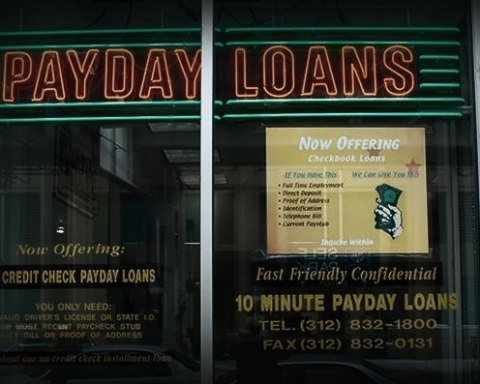The Commodity Futures Tradining Commission in November will propose rules that would force financial firms to adopt internal policies designed to mitigate the risk of computerized asset trading.
CFTC chair Timothy Massad said Wednesday that the proposals would likely impact—but not be designed for—high-frequency traders.
“We will not attempt to define high-frequency trading specifically,” he said from a conference at the New York Fed on the US Treasuries market. Massad noted that the proposals would focus on “malfunctioning algorithms” and deficient internal safeguards.
“I expect that our proposals will include requirements for pre-trade risk controls and other measures with respect to automated trading,” he said. Massad added that he expected the commission will make the proposals “next month.”
The conference was assembled to focus on changes to the US bond market that have occurred as a result of technological and regulatory developments. Much of the gathering’s attention centered on a single day of Treasury bill trading that occurred slightly more than one year ago.
On Oct 15, 2014, Treasury yields experienced their fourth most volatile single day since 1998. The event was most noteworthy because it occurred in the absence of major economic news, unlike the three one-day swings that surpassed it in magnitude.
An inter-agency report on the day by top financial regulators, including the CFTC, found that algorithmic traders made up about three-quarters of “total trading in both the cash and futures markets, up from about 50 percent on ‘normal’ days.”
Massad revealed that similar one-day asset price behavior has been replicated across a range of major commodity markets, according to a CFTC analysis that is “still quite preliminary.”
“In just this year, for example, there were about 35 events meeting this [Oct. 15] definition involving the [West Texas Index] crude oil contract alone,” he said, referring to the market that prices oil from the US.
“Movements of a magnitude similar to Treasuries on Oct. 15 were not uncommon in many of these contracts,” Massad added, referring to corn, gold and other commodities markets. “In fact corn, the largest grain futures market, averaged more than five such events per year over the last five years.”
“As with Treasury futures, all trading is on a single exchange, almost solely in a single, centralized, electronic limit order book, where the trading is highly automated,” he also noted, of the commodities being studied by the CFTC.
On Tuesday, Federal Reserve Governor Jerome Powell spoke before the same conference and said he would be open to discussing ways to regulate Treasury bond sales to diminish the possibility of another Oct. 15 type of trading day.
“There may be adaptations of this market structure that could give greater emphasis to liquidity provision rather than a never-ending competition for more speed,” he said.
“In my view, we should be prepared to accept some increase in the cost of market making in order to improve our overall financial stability,” he also commented.
UPDATE (2/2/16): A previous version of this article said that Treasury bond yields on Oct. 15, 2014 experienced their fourth most volatile day in history. They actually experienced their fourth most volatile day since 1998. We regret the error.






